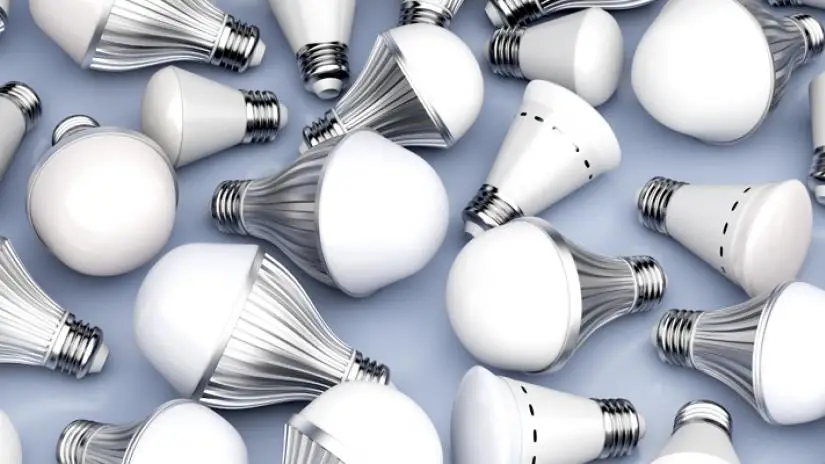
Mr. Electric explains how to identify and manage LED light sensitivity, which can cause discomfort for some individuals.
|
LED lights are infamous for their superior efficiency. Rapidly becoming a nationwide favorite as the cost of bulb technology continues to drop, LED lighting is helping reduce energy demands and ensure a greener future. But unfortunately for those with LED light sensitivity, that future can be hard to look in the eye.
What is LED Light Sensitivity?
Most people have experienced discomfort from light, like when heading outdoors after leaving the movies, or after staring at a computer screen too long. But some have a similar experience with exposure to LED lights, becoming effected in a similar way when exposed. Called photosensitivity or photophobia by medical professionals, this condition effects millions of people. It isn’t life-threatening, but it should be taken seriously. This abnormal intolerance to LED light can cause extreme discomfort.
Symptoms of Light Sensitivity
The symptoms of light sensitivity typically go hand-in-hand with other underlying medical issues, including migraines, chronic headaches, brain injuries, and eye issues such as chronic dry eye, inflammation, eye disease and injuries. Light sensitivity symptoms typically vary based on the underlying cause, but when exposed to LED lighting they can include…
- Eye pain or discomfort
- Excess squinting/blinking
- Burning or watering of the eye
- Eye inflammation
- Headache/migraines
- Vertigo or dizziness
- Light intolerance/the desire to flee from the light source
Facets of LED Lighting that May Contribute to Photophobia
Light sensitivity can be triggered by any type of light source, with certain factors contributing to the prevalence of the condition:
- Brightness of light Though photophobic patients show a low tolerance to all light, this intolerance worsens with brightness. A trigger for those with light sensitivity, brightness is especially an issue for those suffering migraines.
- Light flickering/flashing Flashing or malfunctioning lights worsen the symptoms of photophobia. Complicating the issue, most light sources, including LEDs and fluorescents, do not provide continuous light. Dubbed ‘high frequency flickering,’ these flashes are not noticeable to the naked eye, but are nonetheless apparent, affecting sufferers.
- Light color/wavelength Many of those who suffer light sensitivity react only to certain wavelengths of light in the blue-green spectrum – the so-called ‘color temperature’ of the light. This means photosensitive individuals are more likely to experience a reaction to light bulbs that produce light that is a cooler shade of white, closer to daylight and the blue-white spectrum.
How to Help Light Sensitive Loved Ones
There is no medical LED light sensitivity treatment. However, at home there are ways to minimize/control the symptoms of photophobia:
- Lower lighting intensity This can be simply accomplished with the addition of dimmer switches, shades, and diffusers, and by purchasing a lower lumen bulb:
- 25W incandescent = 200 lumens
- 40W incandescent = 450 lumens
- 60W incandescent = 800 lumens
- Buy warmer toned LED light bulbs Warm, yellow hues can be found in the 2,000-3,000 Kelvin range.
- Try a smart bulb Which will allow you to experiment with different lighting intensities and colors to find the most comfortable variation.
Stuck in an uncomfortable situation? Find the solution to any lighting need with the help of Mr. Electric today.
This blog is made available by Mr. Electric for educational purposes only to give the reader general information and a general understanding on the specific subject above. The blog should not be used as a substitute for a licensed electrical professional in your state or region. Check with city and state laws before performing any household project.
